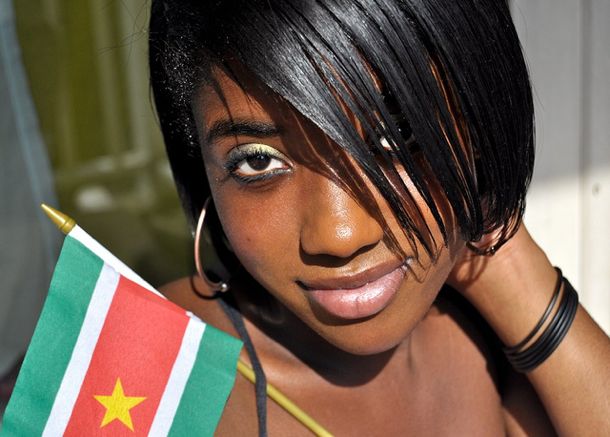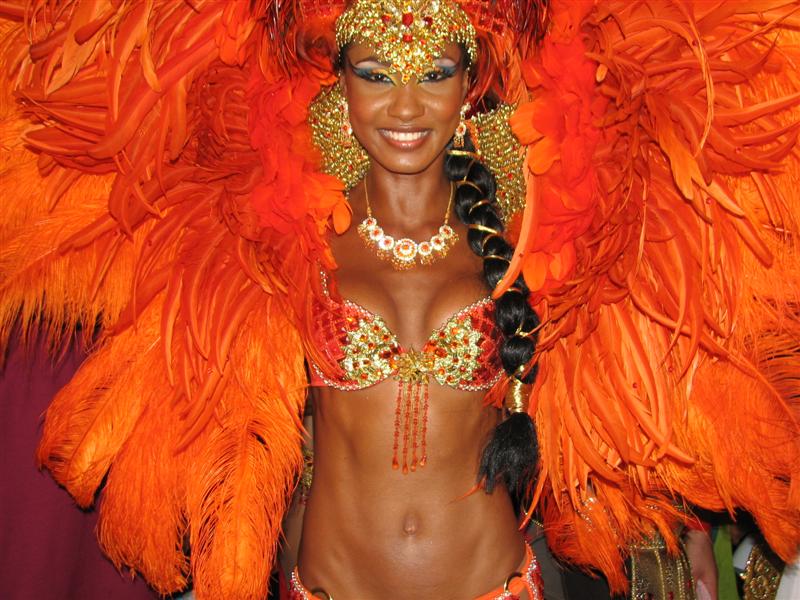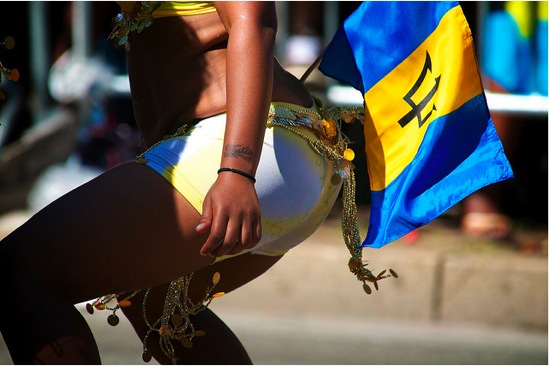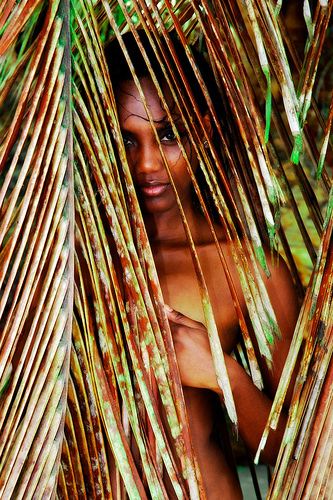Suriname Flag – A Star, Stripes and the Strength of Unity
Suriname remains near the top of my travel bucket list. Truly, it’s been there most of my life. Many of the reasons for this can be found in the beautifully distinctive Suriname flag.
Before we dig into the symbolism inherent in the flag, though, let’s review a bit about this magical country.
Suriname Overview
First off, if you’ve never heard of Suriname, don’t feel bad. The country is decidedly off-the-beaten-path in just about every way imaginable.
Like Guyana, Suriname is physically part of South America. In terms of culture, heritage, history, cuisine, music, and more, though, it’s decidedly West Indian.
Suriname is also distinguished by its size. That is to say, it’s pretty small…at least by continental South America standards. (Suriname is the smallest country in South America.)
So, what’s so BIG about Suriname? How about nature – miles and miles of wild, untamed, and mostly unexplored nature.
In all of its 63,251 square miles, the small capital city of Paramaribo represents Suriname’s only real developed area. The vast majority of the rest of the country: pure wilderness.
Various settlements line the banks of the Suriname River, which effectively serves as the country’s main north-south superhighway. There are a few camps and guesthouses in and around these villages. What few visitors trek out here enjoy the unique opportunity to live as the locals do. That means no electricity, no running water, and a DEEP cultural immersion presenting about as uncommon a travel experience as can be found anywhere.
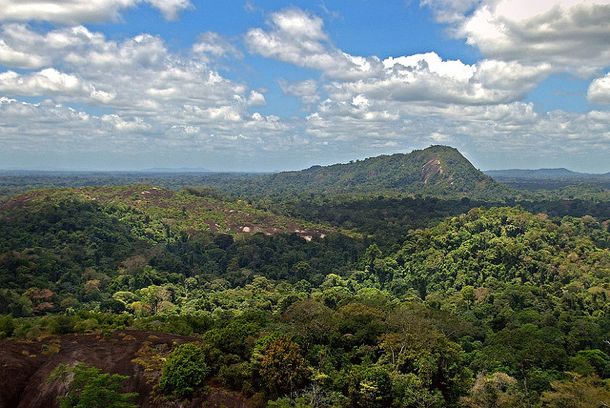
Suriname’s Divine Diversity
The other big draw to me is Suriname’s amazing diversity. People here descend from so many different cultures that a good 16 individual languages are officially recognized! With a population estimated at just under 500,000, Suriname is obviously one incredible melting pot.
I’ve even read it’s one of the only places in the world where you’ll find a mosque located right next to a synagogue. They even share parking on overlapping holy days!
Seeing and experiencing Suriname’s amazing diversity will certainly be believing. For now, though, we can look to the country’s flag as a symbol for all the great reasons we have to visit this unique destination.
Suriname Flag Colors and Meaning
From the photo up top you can see that the flag is comprised of five stripes, or bands, with a gold star in the middle. The red stands for love and progress, while the green signifies hope and fertility. White bands represent peace and justice – all fine notions for the country when the flag was adopted following its independence from the Dutch in November 1976.
The star in the middle, though, is the real key to me. It represents the unity of all the different ethnic groups in the country.
How strong is that unity? How fertile and pristine is the country’s natural beauty? What about peace and progress?
We hope to explore it all in Suriname some day soon…
